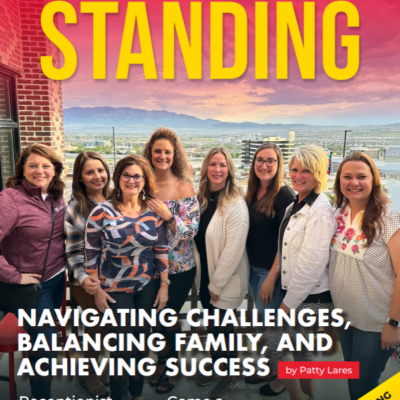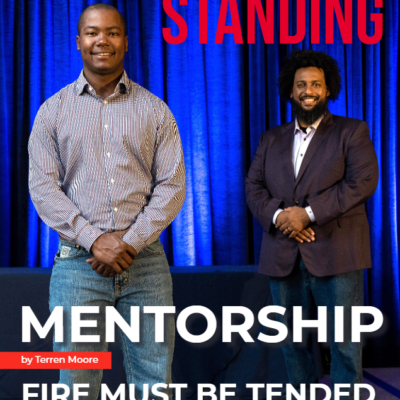Before we can begin our discussion on Reverse Marketing, we need to first define it, courtesy ofWikipedia. Reverse marketing is “the concept of marketing in which the customer seeks the firm rather than marketers seeking the customer.”
An easy way to understand this strategy is through an example. Take for instance the story of IKEA. They entered in to the furniture marketplace here in America several years ago, and if you had visited one of their stores recently, then you can tell that they are quite a bit different than any other furniture store you may have ever experienced. First and foremost, they are very inexpensive, and secondly, the furniture does not come assembled- that’s up to you. Before IKEA, how many furniture stores have you ever been to that has all their furniture unassembled? I can’t think of any either. And beside their other difference of having a café right at their locations, a part of IKEA that makes them a prime example of reverse marketing is from when they first entered the furniture marketplace- they did not offer home delivery.
When reflecting back on what reverse marketing truly is, you begin to see that it’s the practice of taking what consumers thought to be negatives and turning them into positives. The reason why IKEA did not offer home delivery was due to cost, along with purchasing your furniture unassembled. Customers thus justify the self-assembly by purchasing the furniture at a much lower price than at other retailers.
Similar to the IKEA example is when Betty Crocker hit the marketplace for the first time over 50 years ago. Originally, Betty Crocker put together a do-it-yourself piecrust, but this business model failed numerous times at first because it was found that women at that time didn’t feel that they had made the pie crust themselves. So when they re-entered the market again, they now made their pie crust require flour, eggs, and in some cases milk or water. The reason why this was successful was because there were more ingredients to add and thus caused people to feel as though they were making the pie crust themselves.
The reason why I tell you about IKEA and Betty Crocker is because I feel that in today’s time, reverse marketing in an insurance agency can and will work if we put together the right ideas. One of those ideas is making house calls. 50 years ago insurance agents made house calls all the time, yet today there are hardly any agencies who make house calls in our area. House calls would be considered reverse marketing because the consumer is looking at purchasing insurance in 15 minutes, and we all know who’s slogan says in 15 minutes you can save 15%. But is that really what our clients and prospects are looking for? The answer is simply no because they are looking for advice, and they are willing to take the time to sit down with you to understand and make sure that they are purchasing the right insurance coverage.
Now we all know that this isn’t everybody, but it is our job to make sure that we are marketing to the right clientele. For example, the average homeowner would probably want to sit down with you to understand that they are purchasing the right homeowners insurance policy to cover them, God for bid there is a house fire or a major liability claim on their property. Now yes, I am assuming this but we all have to understand we do live in a litigious society and that causes people to want to make sure that they cover one of their most expensive assets- their home.
Reverse marketing is how Geico got into this market and we really need to think long and hard about how we- the independent insurance agent -can be creative in our marketing in order to take back some of the market share direct writers have taken from us. If you want to learn more about reverse marketing, I would recommend reading a book by Youngme Moon called DIFFERENT: Escaping the Competitive Herd… you’ll be glad you did.




